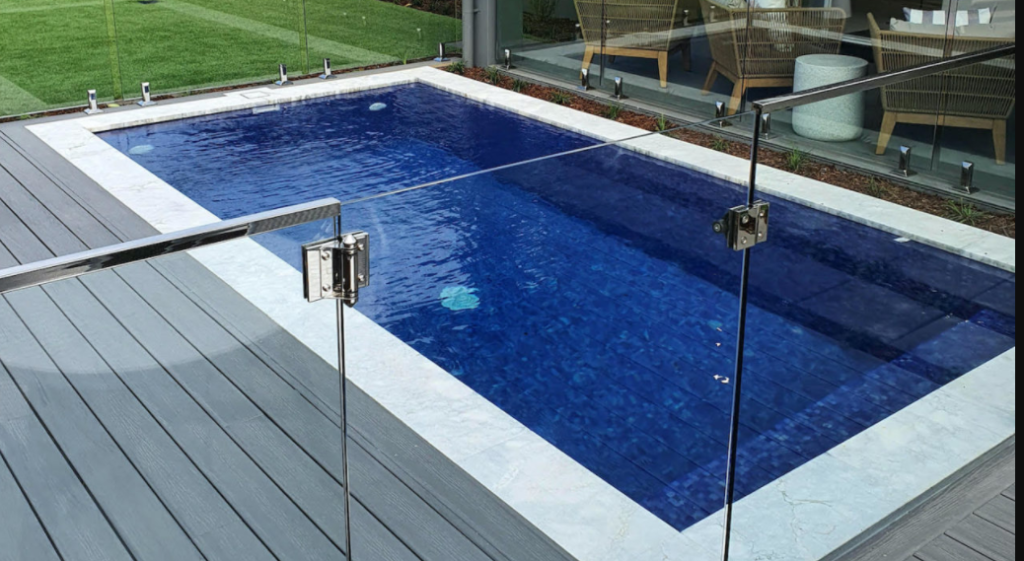A concrete plunge pool is a tiny pool that is used for resting and refreshing. Plunge pools are a low-maintenance, quick-to-install alternative to classic in-ground pools.
Concrete Plunge Pool
What are Precast Plunge Pools?
Precast plunge pools are tiny, usually deep pools that are normally constructed in the ground, however, there are few above-ground types available. Swimming is impossible since the pool is too small. Instead, it’s a place to get wet and cool down, as well as a place for kids to play and do aqua-aerobics or water therapy.
Plunge pools are normally rectangular. However, they can be any shape depending on the available area. They are typically eight feet broad and ten to eighteen feet long.
They’re normally at least four feet deep, but depending on the homeowner’s preferences, they can be even deeper.
What Materials Are Used To Construct Plunge Pools?
A plunge pool’s construction and installation are fairly similar to that of a standard swimming pool. Plunge pools in Australia are often composed of fiberglass or concrete. Both of these alternatives are incredibly robust and long-lasting.
A concrete plunge pool is manufactured individually on-site during the installation process, whereas fiberglass Pool models are mass-produced. As a result, putting in a concrete pool takes many weeks longer than putting in a fiberglass pool. A concrete pool, on the other hand, allows for more shape and color customization.
Prefabricated fiberglass plunge pools come in a variety of designs, colors, and sizes. When you buy a fiberglass pool, it is brought to your home in one piece and erected in your backyard. This operation still takes a few days, but it is far less time than installing a concrete plunge pool.
Vinyl can also be used to create plunge pools. Vinyl plunge pools, on the other hand, are far more delicate and usually always need to be fixed or replaced within a short amount of time. Many individuals believe that installing a vinyl plunge pool themselves will save them money.
While vinyl pools are less expensive at first, after the cost of maintenance and replacements is considered, they usually end up being more expensive in the long term.
Conclusion
Installing a concrete plunge pool on your own might harm your property and, in certain situations, create unsafe swimming conditions.
As a result, rather than attempting a DIY plunge pool installation, we recommend partnering with a professional, licensed, and experienced pool builder.


